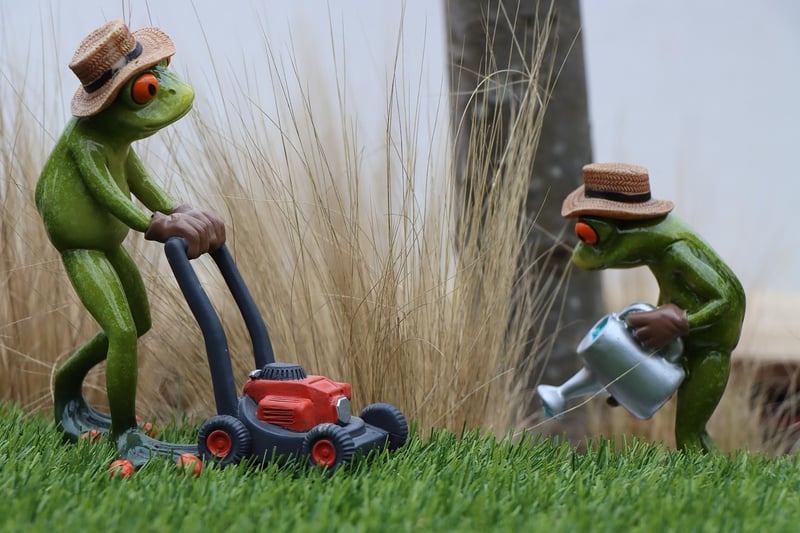Pruning Techniques
Keeping Your Garden Healthy: Essential Pruning Techniques
Having a healthy garden requires regular maintenance and care. One crucial aspect of garden maintenance is pruning. Proper pruning not only keeps your plants looking neat but also promotes growth and overall plant health. Here are some essential pruning techniques to help you keep your garden in top shape:
1. Tools You Need
Before you start pruning, make sure you have the right tools. Essential tools include sharp pruning shears, loppers for thicker branches, and a pruning saw for larger limbs. Keeping your tools sharp and clean is essential to prevent damage to your plants.
2. Timing is Key
Understanding the growth patterns of your plants is crucial for effective pruning. Most plants benefit from pruning during their dormant season, which is typically late winter or early spring. However, flowering shrubs should be pruned right after they bloom to avoid cutting off next season's flowers.
3. Remove Dead or Diseased Branches
Start by removing any dead, damaged, or diseased branches. These can attract pests and diseases, impacting the overall health of the plant. Cut back to healthy tissue using clean pruning tools to prevent the spread of infection.
4. Shape and Size Control
Pruning can help control the size and shape of your plants. To maintain a desirable shape, prune branches that are crossing or rubbing against each other. Additionally, remove any water sprouts or suckers that take away nutrients from the main plant.
5. Thinning Out
Thinning out involves selectively removing branches to increase light penetration and air circulation within the plant. This helps reduce the risk of diseases and encourages new growth. Focus on removing the oldest and least productive branches.
6. Pinching and Heading Back
Pinching involves removing the growing tip of a branch to encourage bushier growth. Heading back, on the other hand, entails cutting back a branch to a lateral bud, which stimulates new growth in that direction. These techniques are commonly used for shaping hedges and shrubs.
7. Aftercare
After pruning, monitor your plants for any signs of stress or disease. Ensure proper watering and fertilization to support new growth. Mulching around the base of the plant can help retain moisture and regulate soil temperature.
By incorporating these essential pruning techniques into your garden maintenance routine, you can promote healthy growth, improve plant vigor, and enhance the overall beauty of your garden.

Remember, each plant may have specific pruning needs, so it's essential to research the pruning requirements of your specific plants to ensure you are pruning correctly and at the right time.
Happy pruning and happy gardening!
